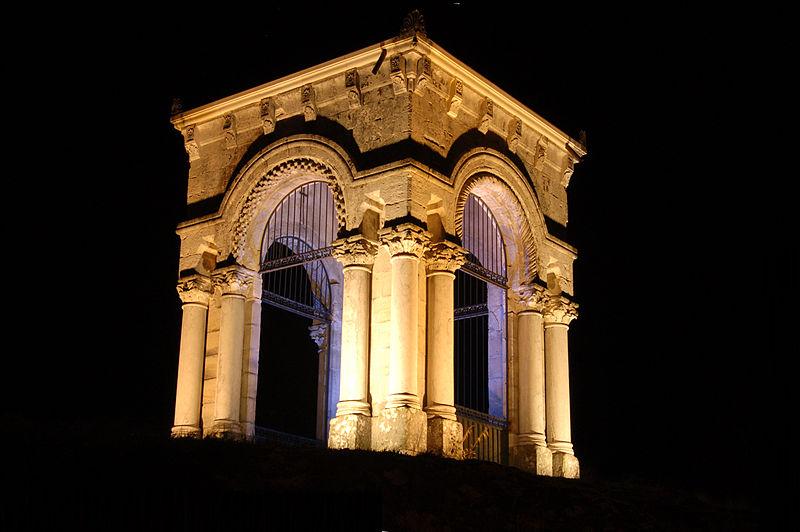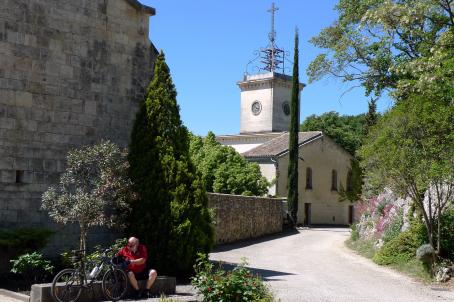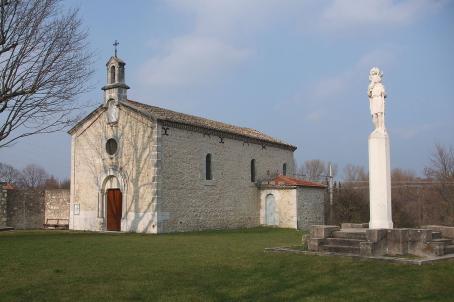Le Calvaire
It is a certain Malmazet, a Protestant surgeon of his state, who in 1732, had this calvary erected. Afflicted by a serious illness, he vowed to convert to Catholicism once he was cured. He then made a pilgrimage to Jerusalem, from which he brought back a marvellous memory. The disposition of the promontory between the Volane and its tributary the Voltour seemed to him to be favourable for the reconstitution of the Calvary of Jerusalem. From afar, the aedicule has retained its elegance. Every Good Friday, the parishioners perform the Way of the Cross beautifully illustrated by a local artist. The Calvary, damaged during the Revolution, was rebuilt in 1863.
About this building
The Calvary of Vals les Bains is an enclosure overlooking the old town. In the centre (and at the top) of the enclosure stands a small square "chapel", open on all sides (the gates have disappeared or are badly damaged): the altar no longer exists. The Stations of the Cross, erected on the inner walls of the enclosure, with their cast iron bas-reliefs, have practically all disappeared. The stations of the Calvary have been restored in a contemporary style by the mosaicist Bernadette Soufflet, as well as appropriate lighting to magnify the site.





